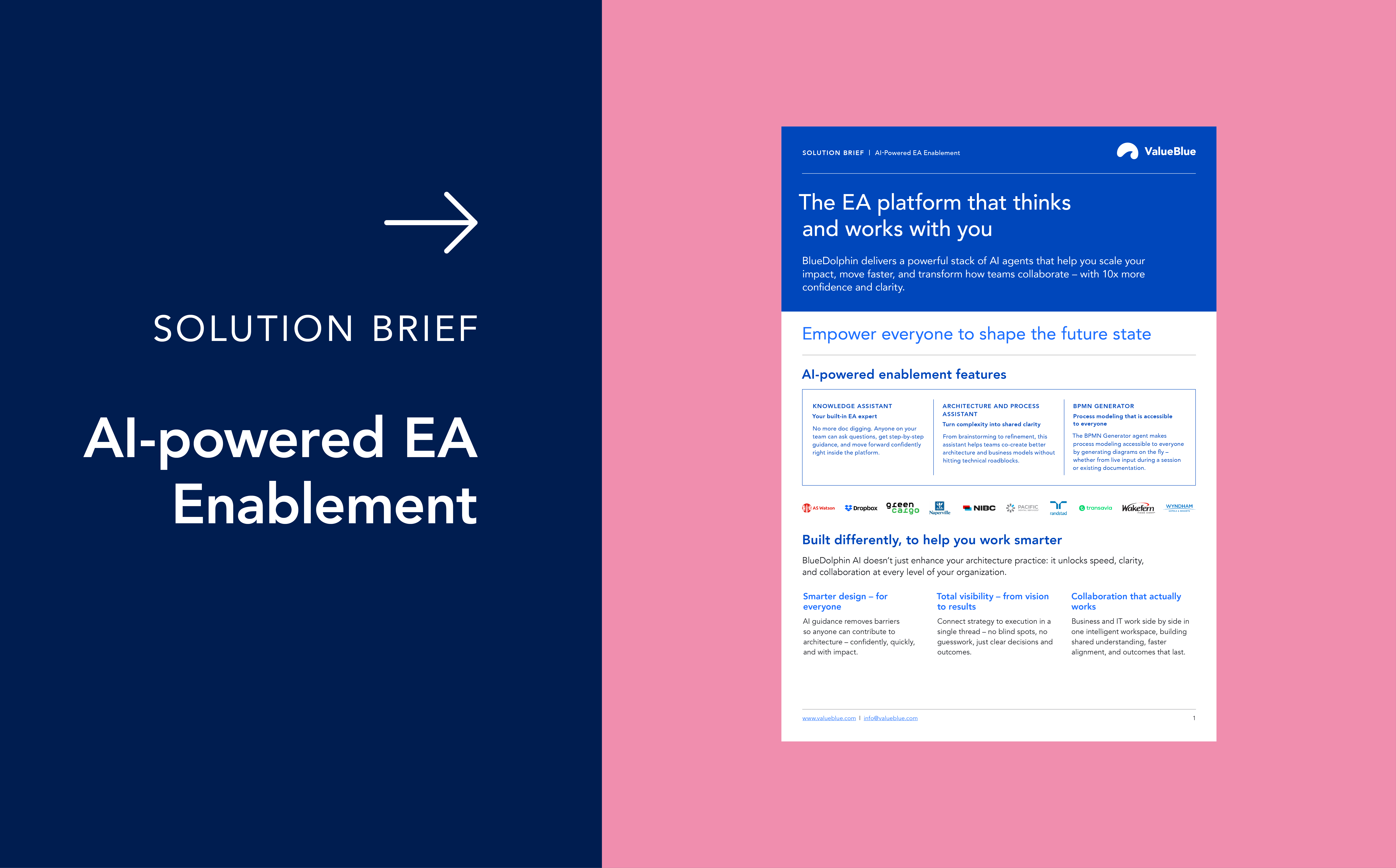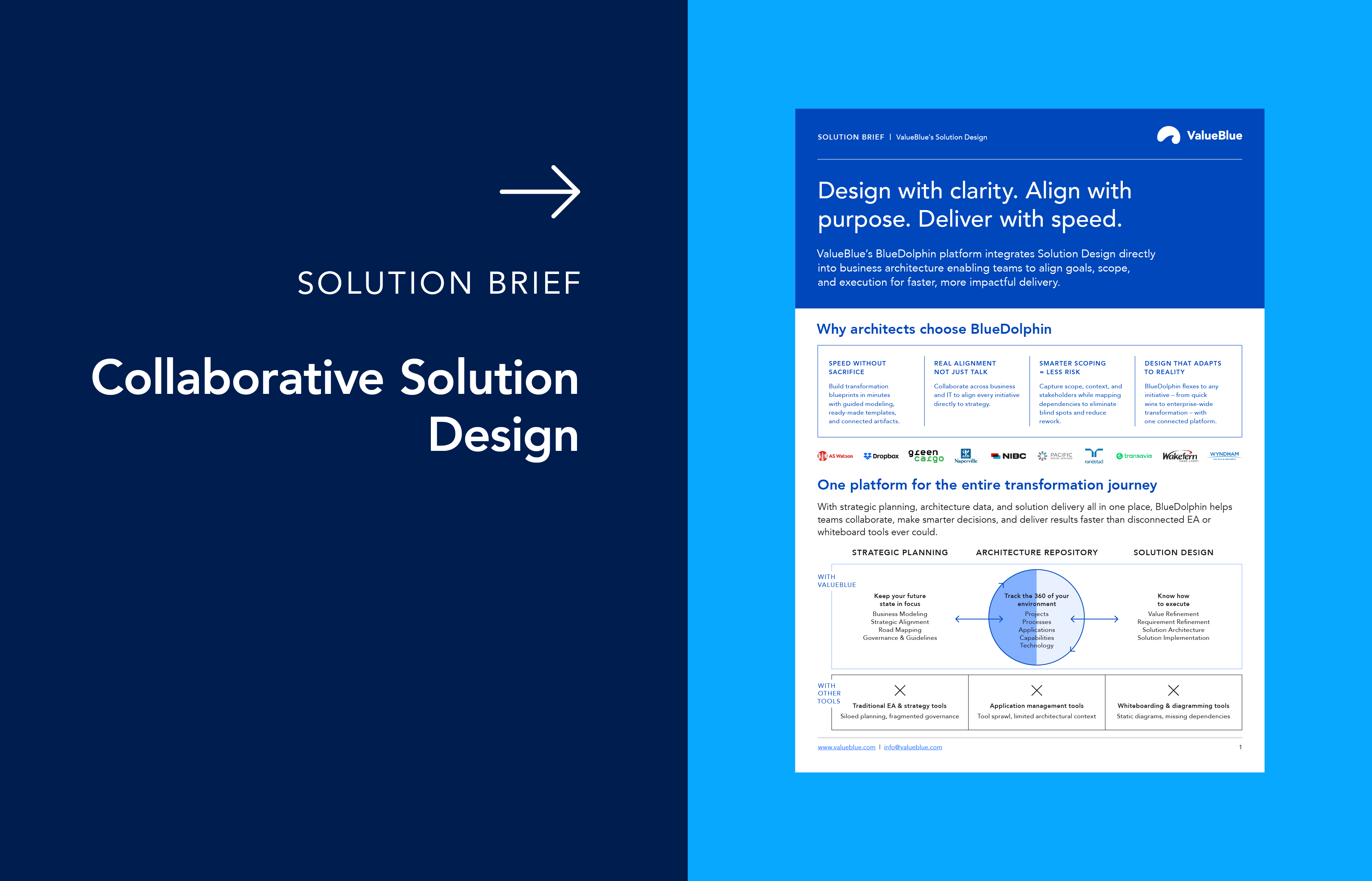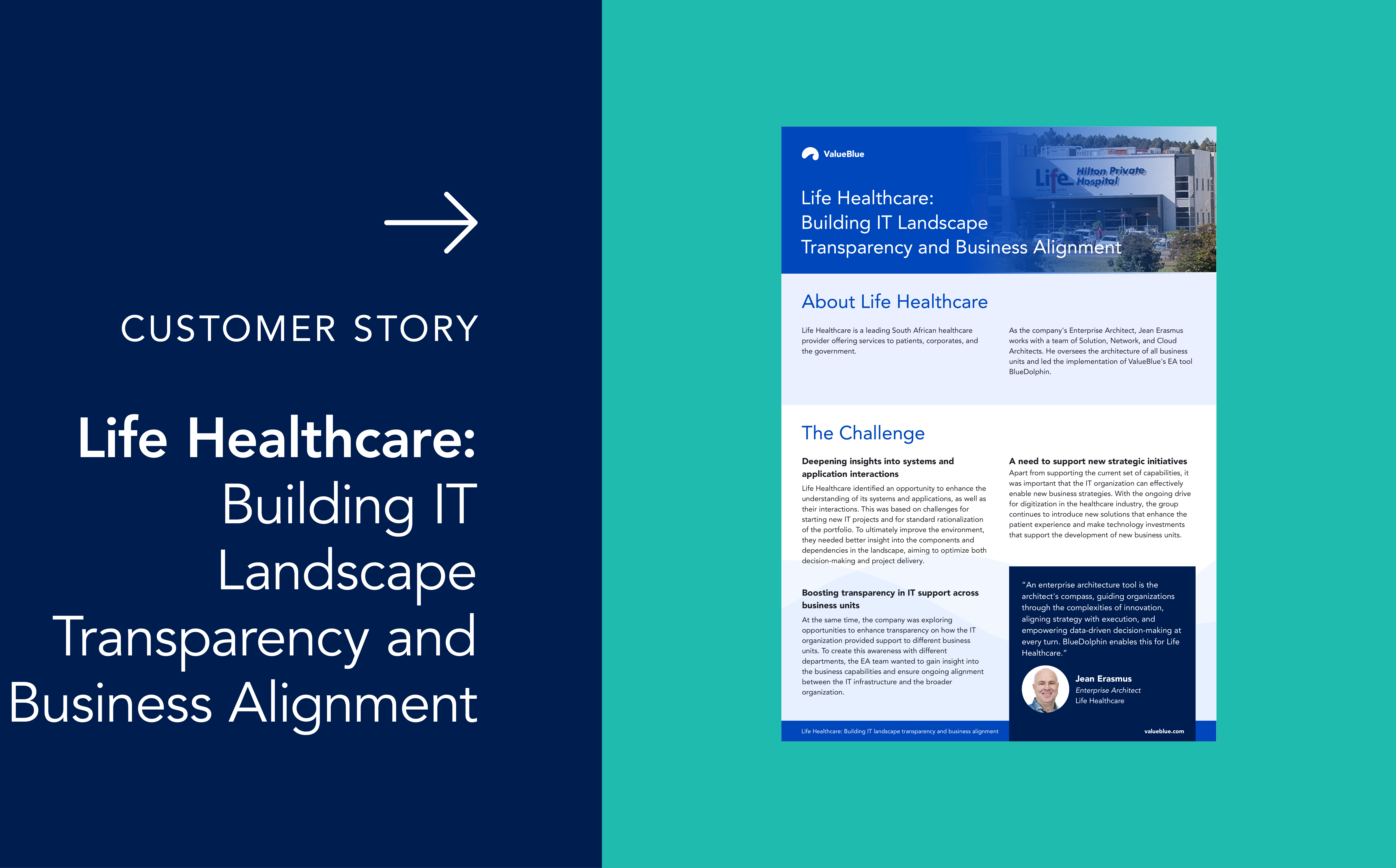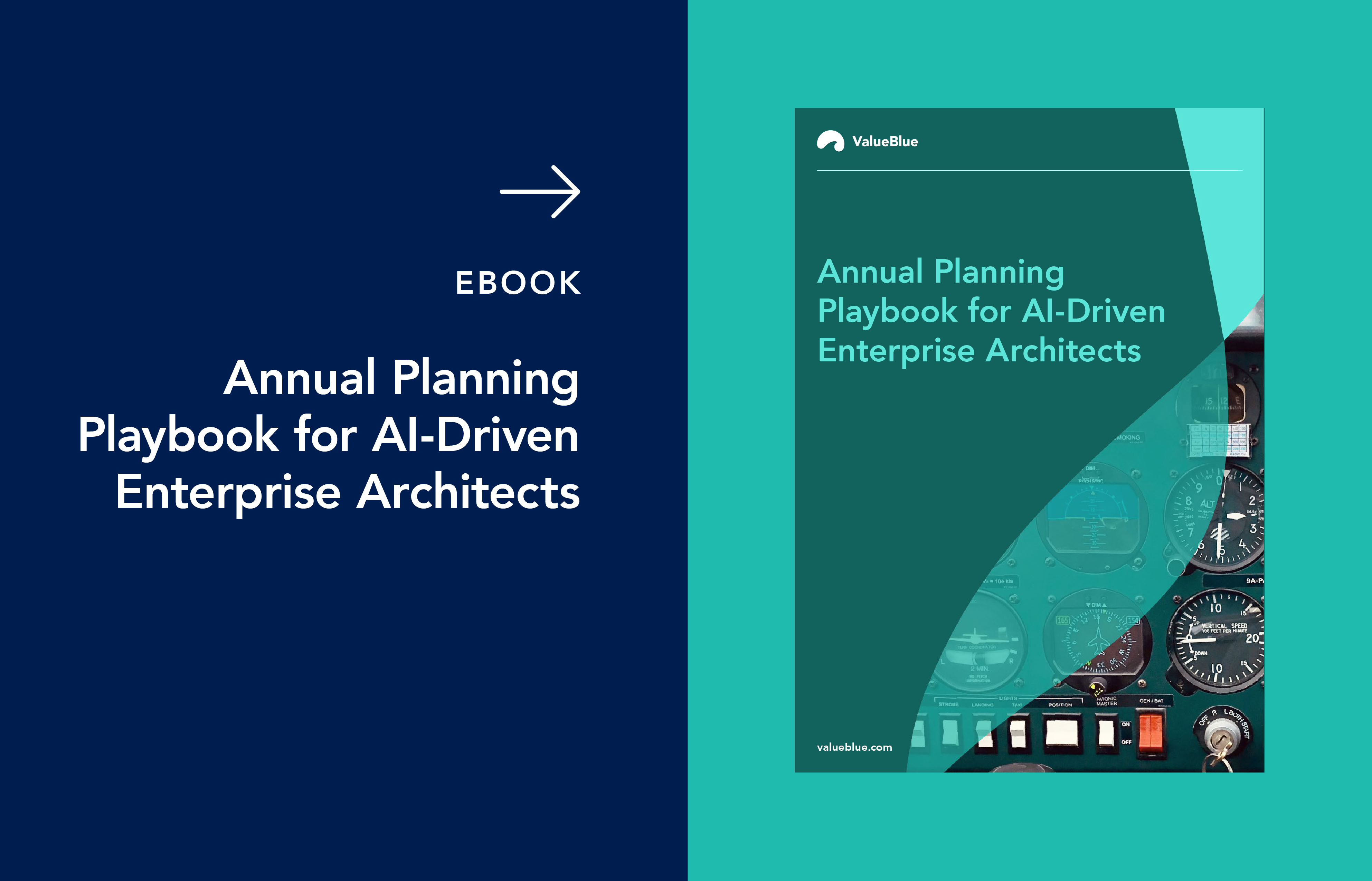Tech Roadmap Strategies: A Comprehensive Guide
A solid technology roadmap is more than a neatly ordered list of projects. It is a strategic planning tool that ensures every initiative, whether introducing AI-driven capabilities, migrating to the cloud, or retiring legacy systems, directly supports the organization’s strategic goals.
Deloitte’s global research shows a disconnect: while 51 percent of leaders aim to use digital technologies for fundamental change, only 32 percent report meaningful enterprise value from those investments. This gap underscores that ambition alone is not enough. Without structured alignment, performance metrics, and governance, transformation efforts may fall short.
In this guide, we unpack what a tech roadmap really does and present a practical process for technology roadmapping. You’ll also learn common missteps and learn how to balance long-term ambitions with immediate needs. We’ll also explore the trends that deserve a place on every technical roadmap in the coming years.
Table of Contents
- What is a tech roadmap?
- The critical steps for building technology roadmaps
- Avoid these common pitfalls when creating a tech roadmap
- Balancing long-term vision with short-term priorities in technology roadmapping
- Emerging technologies every roadmap should consider
- The most valuable improvement you can make this year
- How to measure the tech roadmap’s success
- Bringing it all together
- Turn your roadmap into a catalyst for change
- FAQ
What is a tech roadmap?
Think of a tech roadmap as a strategic planning tool that shows how technology choices will help the business reach its goals. Roadmap technology connects the dots between what your organization can do today and the capabilities it needs in the future.
A tech roadmap isn’t meant to sit in a drawer or live untouched on a shared drive. It’s a working framework that evolves as priorities change and new technologies appear. According to Gartner, enterprise business strategy should be the starting point for any technology roadmap. Each business outcome should be tied directly to technology outcomes. Documenting this alignment in clear, concise IT strategic plans business leaders make technology decisions that consistently move the organization toward its goals.
When it’s done well, a technology roadmap gives leaders, IT teams, and business units a common view of where things are headed and how to get there together.
[An example of a technology roadmap template]
The critical steps for building technology roadmaps
Creating a technical roadmap shouldn’t be improvised. It is essential for all involved to follow a clear, deliberate process.
Here’s a framework that covers the essentials to keep in mind when developing technology roadmaps:
1. Anchor in business strategy
Start by defining business goals across short-, medium-, and long-term plans. Without a foundation, a technical roadmap becomes a reactive list of fixes instead of a plan for real progress. Make the process collaborative and inclusive by involving stakeholders across business and IT from the start.
2. Understand the business in depth
Use methods like Business Capability Planning and Modeling to gain insight into how the organization operates.
3. Assess current architecture and technology
Take stock of existing systems, platforms, and tools. Evaluate how well they perform against current business needs.
4. Define the desired future state
Picture the technology environment you want in place in three to five years. Tie the vision directly to the priorities laid out in the business strategy when developing technical roadmaps
5. Perform a gap analysis
Compare the current state with the desired outcome. Gaps to address could include missing capabilities, outdated processes, or poor integration between systems.
6. Explore possible solutions
Identify options to close gaps. Consider anything from introducing new platforms to modernizing existing applications or adopting new technologies.
7. Prioritize initiatives
Rank each initiative based on factors such as business value, risk, and complexity. This guarantees that resources go to the projects that will deliver the greatest return.
8. Build and communicate the roadmap
Present the roadmap in a format stakeholders can easily understand and update. A democratized approach breaks down silos, aligns priorities, and ensures the roadmap delivers measurable business value.
In many organizations, it is the first and last step that gets skipped. Anchoring in strategy and actively communicating the roadmap are often overlooked.
Avoid these common pitfalls when creating a tech roadmap
Even the best-laid technology roadmaps can hit snags. Miss the warning signs and things can go off track fast. One common culprit? Putting too much focus on the tech itself. Without business stakeholders in the conversation, you can wind up with a plan that looks polished but fails to move the organization toward its goals. It’s a scenario that plays out in many organizations.
Another common roadblock is being too rigid. If the roadmap is built entirely on a waterfall approach, it can lock you into a plan that can’t adapt when priorities shift or surprises pop up. Adding some agile practices can give you the flexibility to adjust without losing progress.
Dependencies can be just as tricky. Without visibility into how initiatives overlap and how changes ripple through people, processes, and data security, those conflicts are almost inevitable.
Sometimes problems can creep in from ignoring architecture principles. When departments choose their own tech without coordinating with others, they end up with a patchwork of tools that don’t work well together. Putting guardrails and governance in place helps make sure every decision fits into the bigger picture.
And then there’s the “set it and forget it” mindset. A roadmap that never changes quickly loses value. Priorities shift, new technologies emerge, and lessons from current projects should feed back into the plan. Establishing a cadence for reviews – quarterly or bi-annually – keeps the roadmap relevant. Treat it as a living document with clear ownership, governance checkpoints, and stakeholder input so updates are continuous rather than reactive.
Balancing long-term vision with short-term priorities in technology roadmapping
Figuring out what belongs in a roadmap isn’t simple. Ignore the near-term needs and you risk disrupting daily operations. Focus only on quick fixes and you’ll never make real headway toward long-term goals.
A practical way to maintain balance is to view the roadmap in two layers:
- Strategic planning addresses long-term, high-impact initiatives, such as moving to a composable architecture or adopting a zero-trust security model, plotted over a multi-year horizon.
- Tactical planning focuses on the near term, typically six to 24 months, and covers essential initiatives like upgrading outdated systems or adding automation to improve efficiency.
Organizing the roadmap in this way helps bring the right people to the table and keeps goals grounded.
Emerging technologies every roadmap should consider
Technology changes fast, but several trends are worth watching in the upcoming roadmap plans:
1. AI and generative AI integration
From process automation to advanced decision support, AI capabilities are showing up in a range of business tools and processes.
2. Composable architecture
Modular, interoperable systems let companies adjust on the fly and grow without major overhauls.
3. Zero Trust security models
As hybrid work and cloud adoption continue to grow, perimeter-based security is giving way to continuous verification across all access points.
4. Data mesh and centralized data governance
A move away from centralized data control toward domain-oriented ownership that supports scalability and agility.
5. Sustainability technology
Green IT practices, carbon tracking tools, and other sustainability-focused solutions are now part of many tech strategy discussions.
Including these trends in roadmap planning doesn’t mean you have to jump on them right away. The goal is to monitor their maturity, assess relevance to your organization, and be prepared to act when the timing and business case align.
[To learn more about the power of AI in Enterprise Architecture, read our eBook "AI & Enterprise Architecture: Maximizing Business Benefits 2025"]
The most valuable improvement you can make this year
If there’s one change that can elevate your roadmap process, it’s adopting a repeatable structure that begins with Business Capability Modeling. This approach focuses on the capabilities that deliver value, rather than jumping straight to technology decisions. It also creates a common language between business and IT teams. This makes it easier to identify, prioritize, and act on initiatives that matter the most.
[For more on this topic, watch our webinar on demand: "Business Capability Modeling for Transformation Planning"]
How to measure the tech roadmap’s success
A roadmap proves its worth when it drives measurable outcomes for the business. Success can be evaluated in several ways. The most critical sign is whether initiatives clearly connect to strategic goals; a roadmap that doesn’t show this alignment is little more than a project tracker. Execution matters too – tracking the percentage of initiatives delivered on time and within budget reveals whether the plan is realistic and achievable.
Beyond delivery, leaders should ask if the roadmap is producing real business value. Cost savings, revenue gains, or efficiency improvements tied back to specific initiatives are the ultimate test. Equally important is adoption: are stakeholders actively using and contributing to the roadmap, or does it sit untouched in a shared folder? Finally, agility is a success measure in itself. If the roadmap can adapt to shifting priorities and new technologies without losing direction, it is doing its job.
Bringing it all together
A technology roadmap is more than a list of IT projects; it’s a strategic tool that:
- Aligns technology investments with business objectives.
- Balances short-term risk management with long-term innovation.
- Adjusts to changing business and market conditions.
- Helps leaders make informed, confident decisions about where to focus resources.
A roadmap must be grounded in strategy. It should be shaped by the right stakeholders, designed to avoid common mistakes, and updated regularly. When these essentials come together, it becomes more than a planning document; it becomes a catalyst for transformation.
Turn your roadmap into a catalyst for change
Technical roadmaps deliver the most impact when they connect technology to strategy, adapt to change, and demonstrate measurable results. That requires more than a document — it takes the right approach, the right governance, and the right tools.
At ValueBlue, we help organizations put technology roadmapping into practice by aligning IT and business goals, enabling collaboration, and providing clear visibility into progress. Whether you’re developing technology roadmaps for the first time or looking for technical roadmap examples to refine your approach, our Enterprise Architecture platform is built to support you at every step. Contact us today for a free demo.
FAQ
1. What is a technology roadmap?
A technology roadmap is a strategic planning framework that links IT initiatives to business goals, ensuring technology investments deliver measurable value.
2. Why does technology roadmapping matter now?
It helps organizations align strategy and execution, avoid fragmented investments, and adapt quickly to emerging technologies and market shifts.
3. What are the key steps to creating a tech roadmap?
Define business goals, assess current capabilities, design a future state, perform gap analysis, prioritize initiatives, and communicate the plan.
4. What common mistakes should organizations avoid when creating a tech roadmap?
Over-focusing on tech instead of business outcomes, ignoring interdependencies, being too rigid, and failing to update the roadmap regularly.
5. How do technology roadmaps balance long-term and short-term needs?
They combine near-term tactical planning with multi-year strategic initiatives, ensuring daily operations run smoothly while building for the future.
6. Which emerging technologies should appear on today’s tech roadmaps?
AI and generative AI, composable architectures, Zero Trust security, data mesh approaches, and sustainability technologies.
7. How is the success of a technology roadmap measured?
By tracking alignment to strategy, delivery on time and budget, cost savings, efficiency gains, stakeholder adoption, and adaptability.
8. What results can companies expect from effective technology roadmapping?
Higher ROI, better alignment between business and IT, reduced redundancy, and increased agility to seize new opportunities.
Learn actionable steps to turn your IT landscape 
into a source of financial strength!
Download our free eBook and learn:
- How to increase visibility into your IT spend and identify inefficiencies.
- How to identify, assess, and eliminate redundant or low-value apps.
- How to optimize cloud resources and infrastructure, right-sizing and aligning assets to business needs.
- How to use project portfolio alignment to ensure IT investments support business goals and deliver maximum value.
- How to ensure ongoing governance for sustaining long-term value through recurring visibility and prioritization.






